




Did you find this useful? Give us your feedback


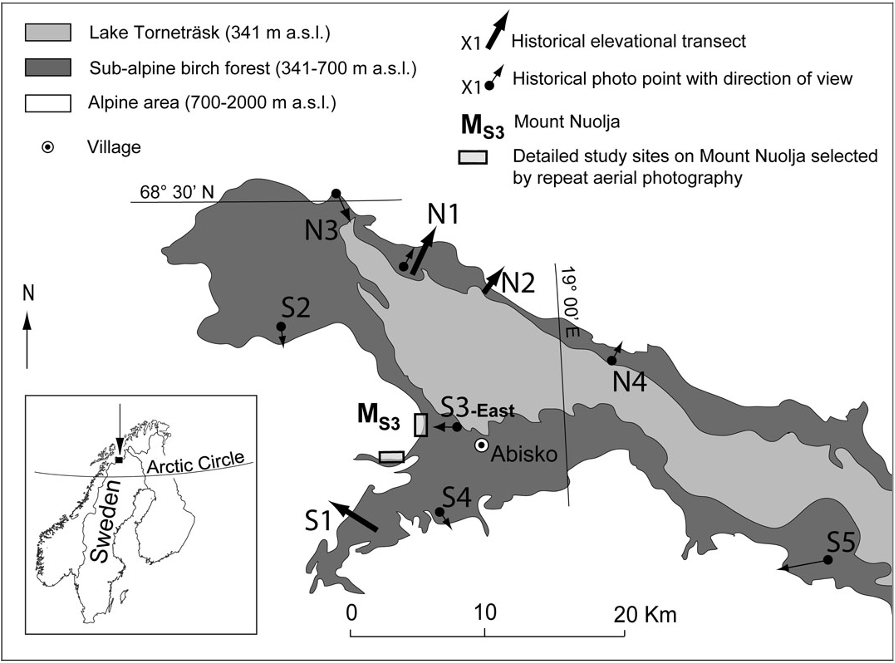
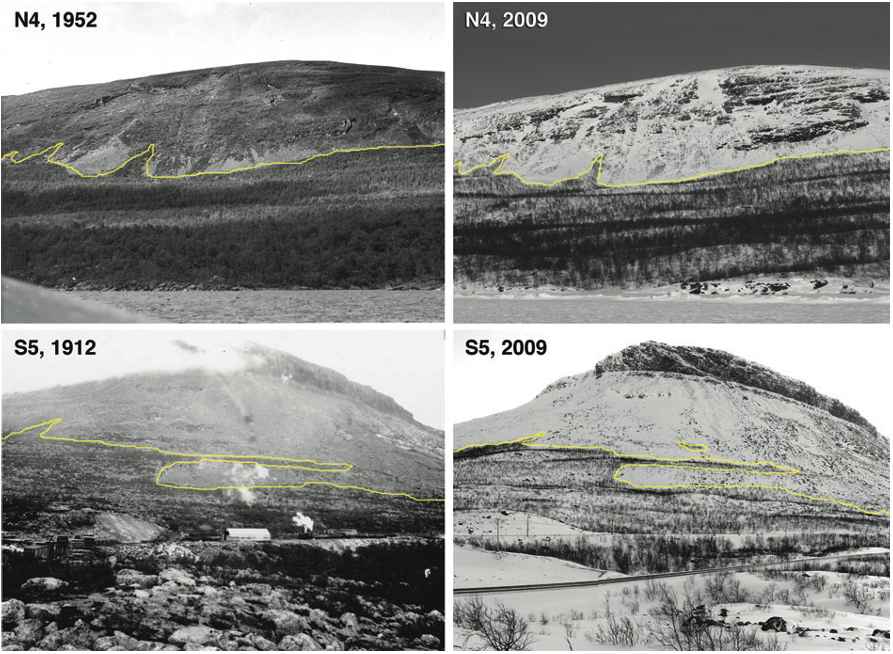
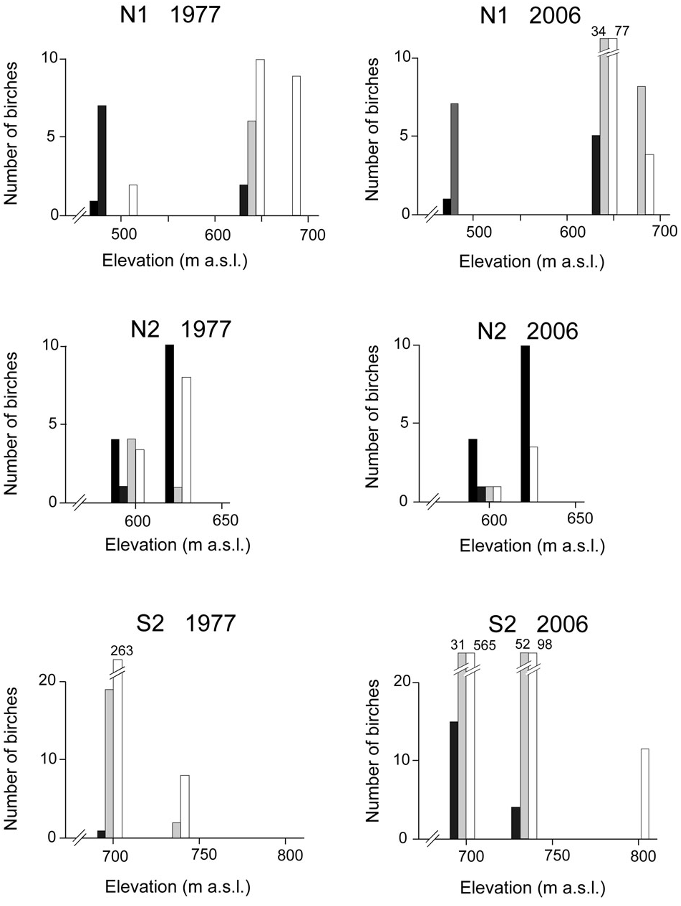
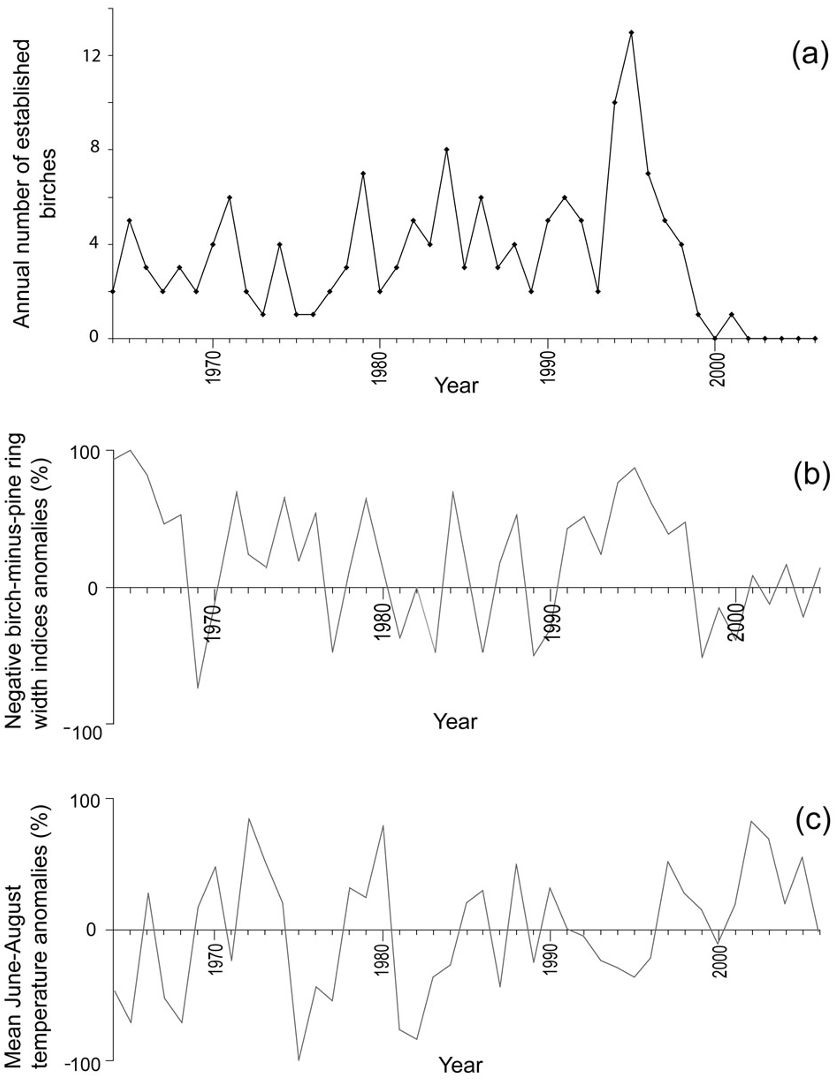
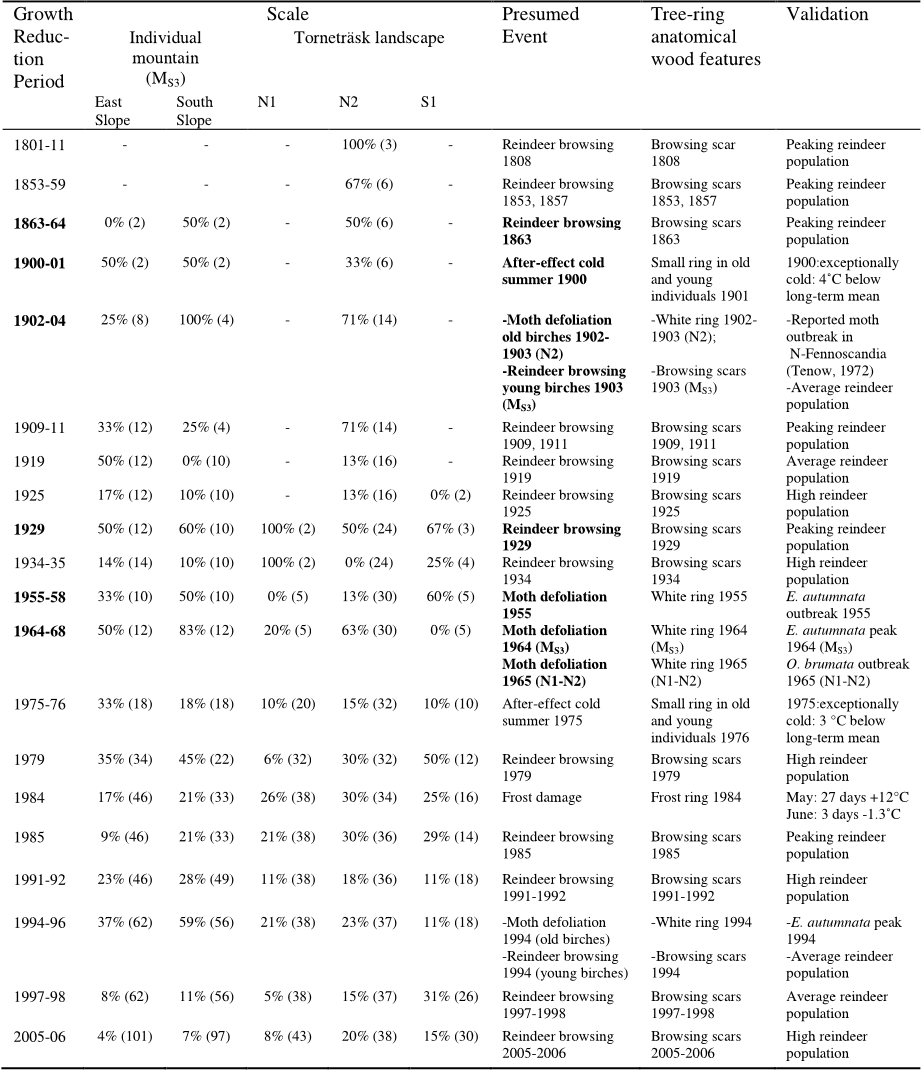
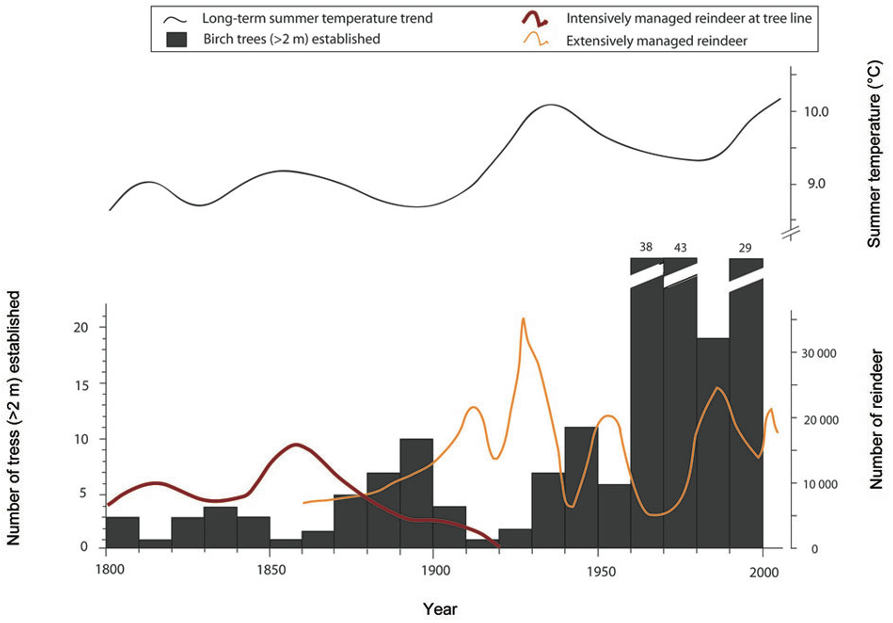
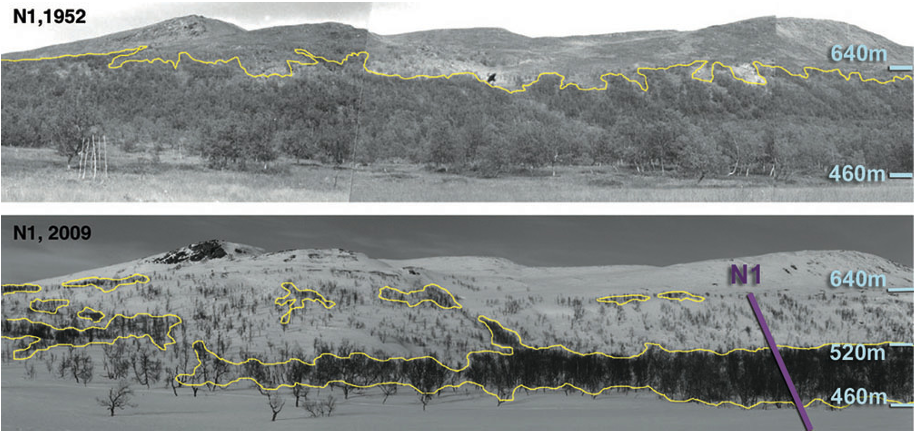





4 citations
...…the consequences of these effects at a larger scale have led to an increasing importance of understanding climate ecosystem interactions in northern latitudes, particularly as not all ecosystems have responded as expected to climate change (Callaghan, Tweedie et al. 2011; Van Bogaert et al. 2011)....
[...]
...The marked effect of climate change on organisms (e.g., Post et al. 2009; Callaghan, Tweedie et al. 2011) and on ecosystem functioning (e.g., Euskirchen et al. 2006; Lara et al. 2012; Myers-Smith et al. 2011) in the Arctic and the consequences of these effects at a larger scale have led to an increasing importance of understanding climate ecosystem interactions in northern latitudes, particularly as not all ecosystems have responded as expected to climate change (Callaghan, Tweedie et al. 2011; Van Bogaert et al. 2011)....
[...]
4 citations
3 citations
3 citations
3 citations
...Higher seed reproduction as a result of increased summer temperatures [16] and lower grazing pressure is expected to lead to an advance of the treeline ecotone [67], but the process may take decades or even centuries [1,68]....
[...]
1,775 citations
1,311 citations
1,003 citations
...In contrast to Harsch et al. (2009) who concluded that the role of disturbance during recent climate warming is restricted to determining when tree line advance will occur, this study shows that disturbance and its after-effects may equally well determine ı́f tree line advance will occur at all....
[...]
...As the location of elevational and polar tree lines is mainly caused by heat deficiency, in the Northern Hemisphere climate warming is expected to cause tree lines to advance to higher elevations and more northerly latitudes (Harsch et al., 2009)....
[...]
...…widely held expectations of vegetation responses to warming, i.e. that Arctic tree lines will move northwards and elevational tree lines upslope (Harsch et al., 2009), this study documented highly varying tree line dynamics for the Torneträsk area in sub-Arctic Sweden during a period of…...
[...]
...A global study by Harsch et al. (2009) showed that only 52% of all 166 global tree line sites had advanced over the past 100 years despite documented amplified climate warming at high-elevation areas and northern latitudes (ACIA, 2005)....
[...]
518 citations
334 citations
...In contrast to other studies (Danby & Hik, 2007; Kullman & Öberg, 2009), slope aspect and inclination were not correlated with elevational shifts of the tree line ecotone....
[...]